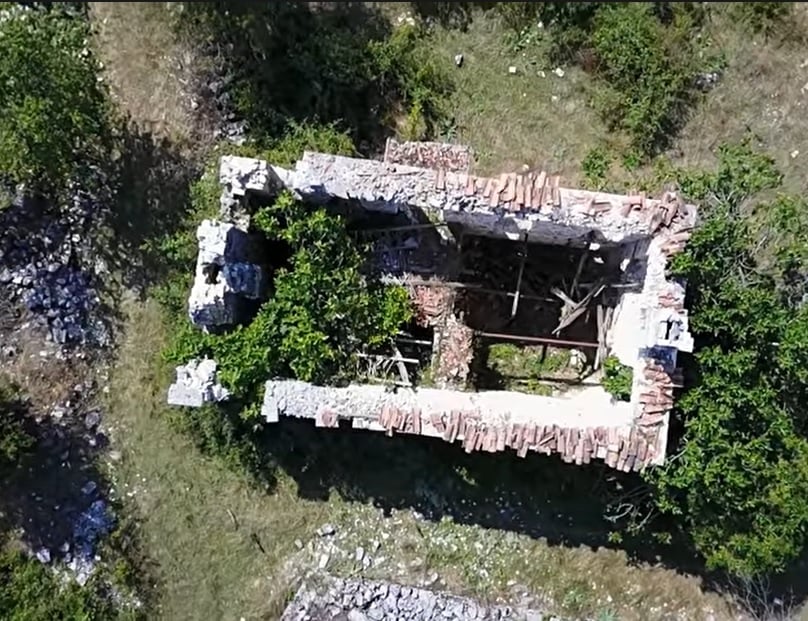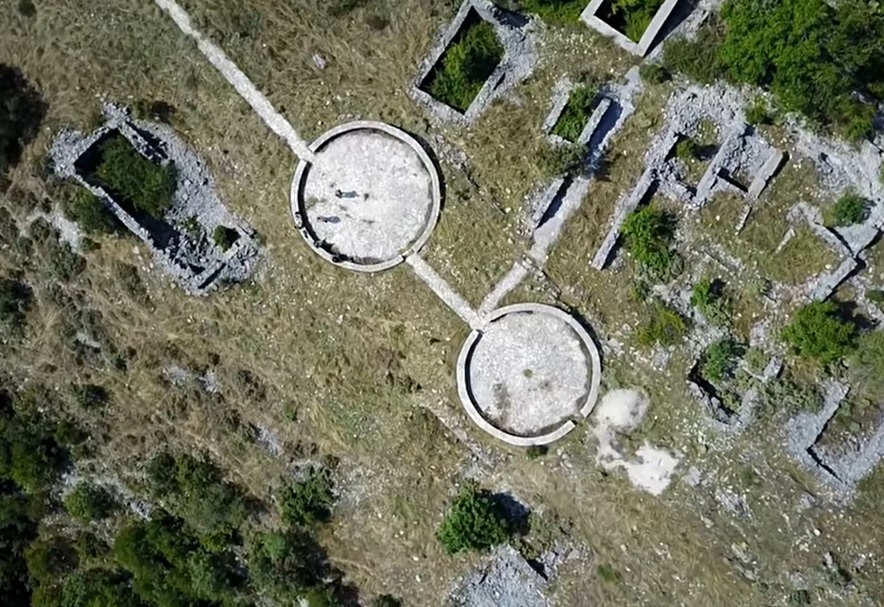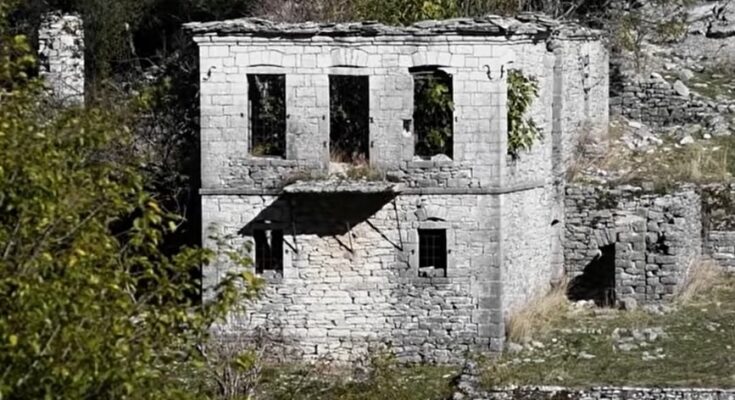
Paleo Mavronoros, an abandoned village in the Greek province of Epirus, has a long history of valiant resistance to tyrannical overlords and unique beauty all its own.
Epirus, in the north-western corner of Greece is one of the country’s best-kept secrets. It is home to spectacular beauty, quaint and tranquil sea resorts, and mountaintop villages. Paleo Mavronoros is a beautiful and at the same time haunting place that takes the breath away.
Sometime between 1850 to 1860, a band of Greek villagers from the nearby villages of Glusta, Gardiki, Vortopia, and Tziouboukatika, who were chafing under Ottoman rule, banded together and made a pact to create a new village.
Searching for a place that would be remote enough to protect them from their Ottoman overlords, they decided to climb up Cassidiari Mountain. There, at an altitude of approximately 1,000 meters (3,200 feet), they built the new village of Paleo Mavronoros on its slopes.

Mavronoros (mavro – oros) means “The Black Mountain” in Greek. The new inhabitants of the Epirus village gave it this name because it seems to become very dark and ominous each time a storm sweeps through the region.
One of the first buildings the new band of villagers constructed was the church of Saint George. The villagers’ houses all had two stories and were all made sturdily of rock.
The new townspeople got on with their lives and continued in their peaceful idyll until, in 1912, the Turks attacked, burning down the entire village of Paleo Mavronoros.

Only fifty years after leaving their birthplaces to escape from the Ottomans, the people of Paleo Mavronoros had to deal yet again with the destruction caused by hatred and war.
The Epirus village never surrendered
But Mavronoros did not surrender. Using whatever means they had, the intrepid villagers completely rebuilt their town just as it had been.
However, people began leaving the village for greener pastures during the decades after the creation of the modern Greek state.
Many families who moved out went to a new settlement, established at a lower altitude, after the years of WWII. The last man who lived in the village moved away in 1964, and Paleo Mavronoros has lain abandoned since that time.
Now, the beautiful little stone village of Epirus is just a shell of its former self. Yet, it reminds us of the eternal determination of the Greek people to live their lives in freedom.



